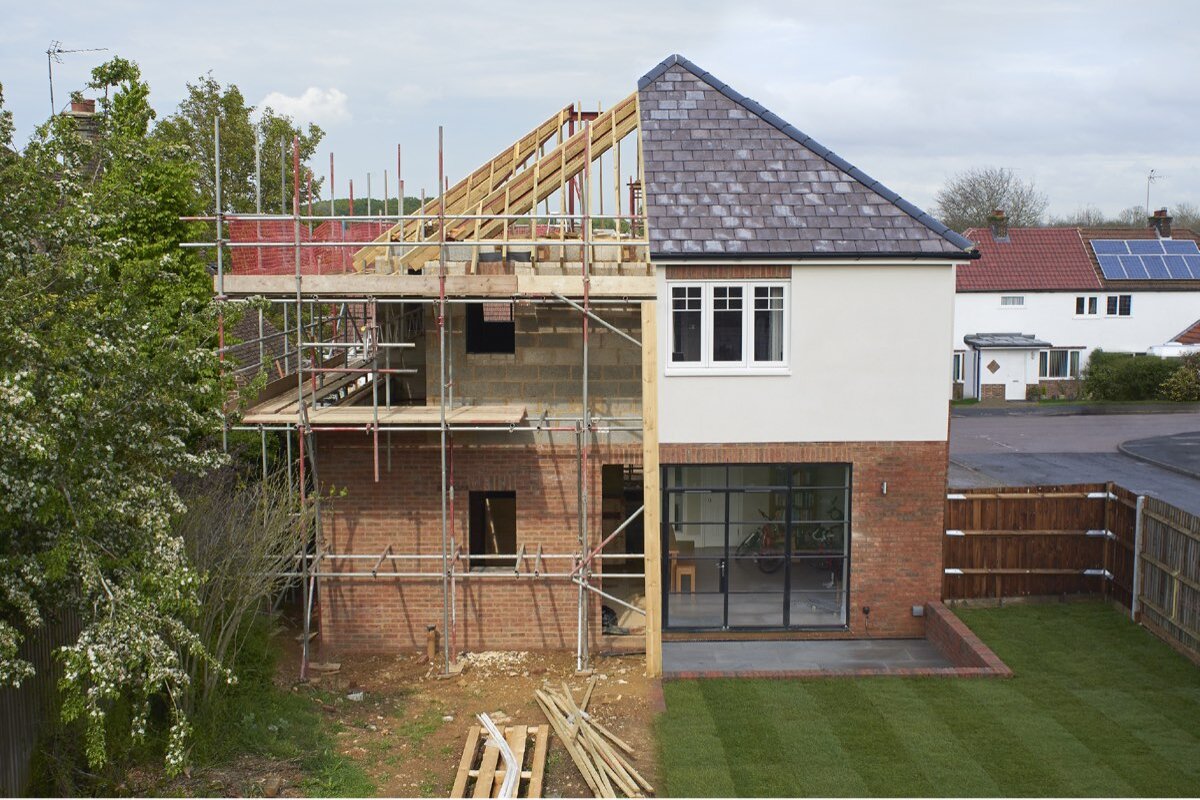To Bridge or Not to Bridge? Let to Buy Might Be the Answer
Written on 26 February 2025 by

Over the last few years, bridging finance has evolved from a niche borrowing option into a mainstream solution for many homeowners. The UK’s housing market remains highly competitive, with a continuing shortage of available properties. This has led more buyers to explore bridging loans as a way to secure a property quickly, take it off the market, and complete the transaction in the shortest possible time.
However, while bridging loans offer clear advantages, they may not be the right solution for everyone. If you're concerned about the risks associated with short-term finance, Let to Buy could provide a more suitable alternative.
What Are the Benefits of a Bridge?
Bridging finance offers a flexible, fast, and effective solution for buyers looking to overcome delays in the traditional mortgage process.
- Flexibility – bridging lenders typically have a more relaxed approach to adverse credit history and non-standard property types, making it an option where traditional lenders may decline
- Speed – unlike standard mortgages, bridging loans can be arranged in a matter of weeks rather than months, ensuring buyers don’t miss out on a property
- Reliability – the way bridging lenders process applications reduces the chances of delays caused by factors like property surveys, solicitors, and underwriting
- Increase in property value – bridging can be used for properties requiring renovation. Buyers can purchase a property in need of improvement, complete the remedial work, and remortgage based on the uplifted value, allowing them to secure better terms
Things to Consider with Bridging
While bridging finance has clear benefits, it also carries risks. Lenders will want to ensure that borrowers have a clear exit strategy and can manage the costs associated with this type of short-term borrowing.
- Exit strategy – lenders require a clear and feasible repayment plan. This could involve selling the property or remortgaging onto a residential or buy to let mortgage once the work is complete
- Costs – bridging finance is typically more expensive than traditional mortgages. Common costs include arrangement fees (typically 1.5-2%), legal fees, valuation costs, broker fees and rolled-up interest charged each month
- Suitability – bridging is often required in specific scenarios, such as when a property is uninhabitable due to serious damp issues or when a buyer plans to sell the property within a short timeframe. However, if you intend to keep the property long-term or are unsure when it will sell, bridging could become risky if you are unable to repay the loan within the agreed term
If bridging seems too high-risk, Let to Buy may offer a more stable solution for buyers looking to move quickly without selling their current home right away.
What is Let to Buy?
Let to Buy is a dual mortgage strategy that allows homeowners to rent out their existing property while using the equity to fund a new home purchase. This process usually involves two separate mortgage applications with different lenders, both completing simultaneously. The process works as follows:
- Your current residential mortgage is converted into a Let to Buy mortgage, typically releasing up to 75% Loan-to-Value (LTV).
- The released equity is used as a deposit for the new home purchase.
- A new residential mortgage is arranged on the onward purchase property, using the funds from the Let to Buy remortgage as the deposit.
This option allows homeowners to retain their existing property as an investment while still moving into a new home. It can be particularly beneficial for those struggling to sell their current property but needing to complete on a purchase quickly.
Benefits of Let to Buy
- Avoids the need for bridging finance – instead of taking out a costly bridging loan, Let to Buy allows you to remortgage your existing home and buy a new property in one process
- Retain your existing home as a rental property – this could allow you to benefit from rental income while waiting for the right time to sell
- Flexible exit strategy – can choose to sell the rental property later or keep it long-term as an investment
Things to Consider with Let to Buy
While Let to Buy provides an alternative to bridging finance, it does come with important financial and regulatory considerations:
- Interest rates – Let to Buy mortgages tend to have higher interest rates compared to standard residential mortgages
- Managing two mortgages – with a Let to Buy arrangement, you will have two mortgages simultaneously, which means higher financial commitments and the risk of rental voids if the property remains unoccupied for any period
- Stamp duty – since you will own two properties, you will be subject to the additional 3% Stamp Duty surcharge for second homes. However, if you sell your original home within 36 months, you may be eligible for a refund
Which Option is Right for You?
Both Bridging Finance and Let to Buy have their advantages and risks, and the right choice depends on your financial situation, property goals, and risk tolerance.
- If you need a fast, short-term financing solution, bridging can help secure a purchase quickly.
- If you want to retain your existing home as an investment while buying a new property, Let to Buy may be a more viable, long-term alternative.
Before making a decision, speak to a mortgage expert who can assess your situation, compare your options, and find the best solution for your needs.
Bridging Finance Vs. Let to Buy Conclusion
The UK property market remains competitive, and buyers need flexible financing options to secure their next home. Whether you’re considering Bridging Finance or Let to Buy, understanding the costs, risks, and benefits is crucial before committing to a financial product.
If you’re unsure which route to take, our brokers can provide expert guidance tailored to your circumstances.
Get in contact with us today on 0808 149 8381 or enquire online to explore your options.
Category:Nicholas Mendes


